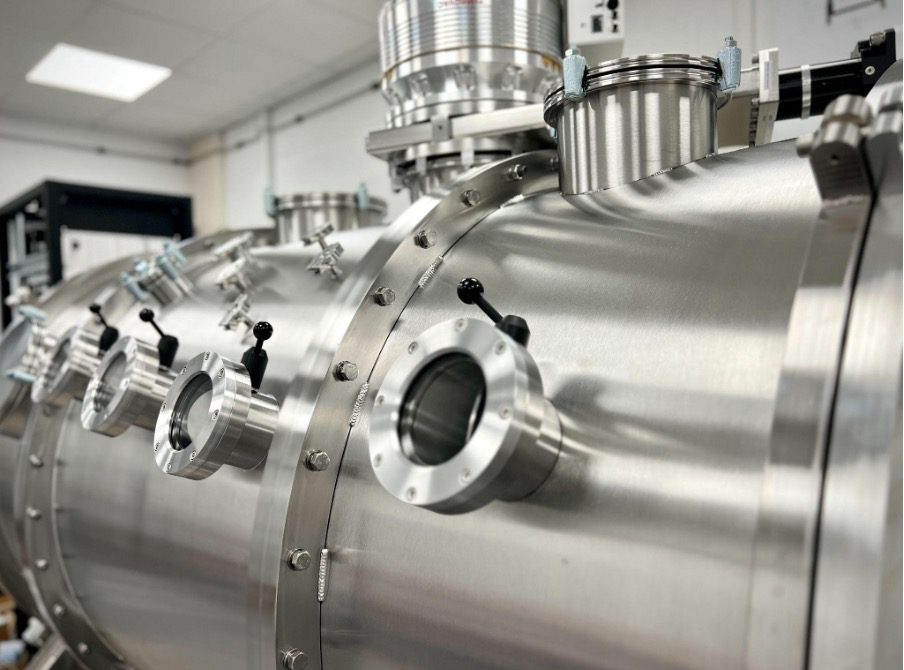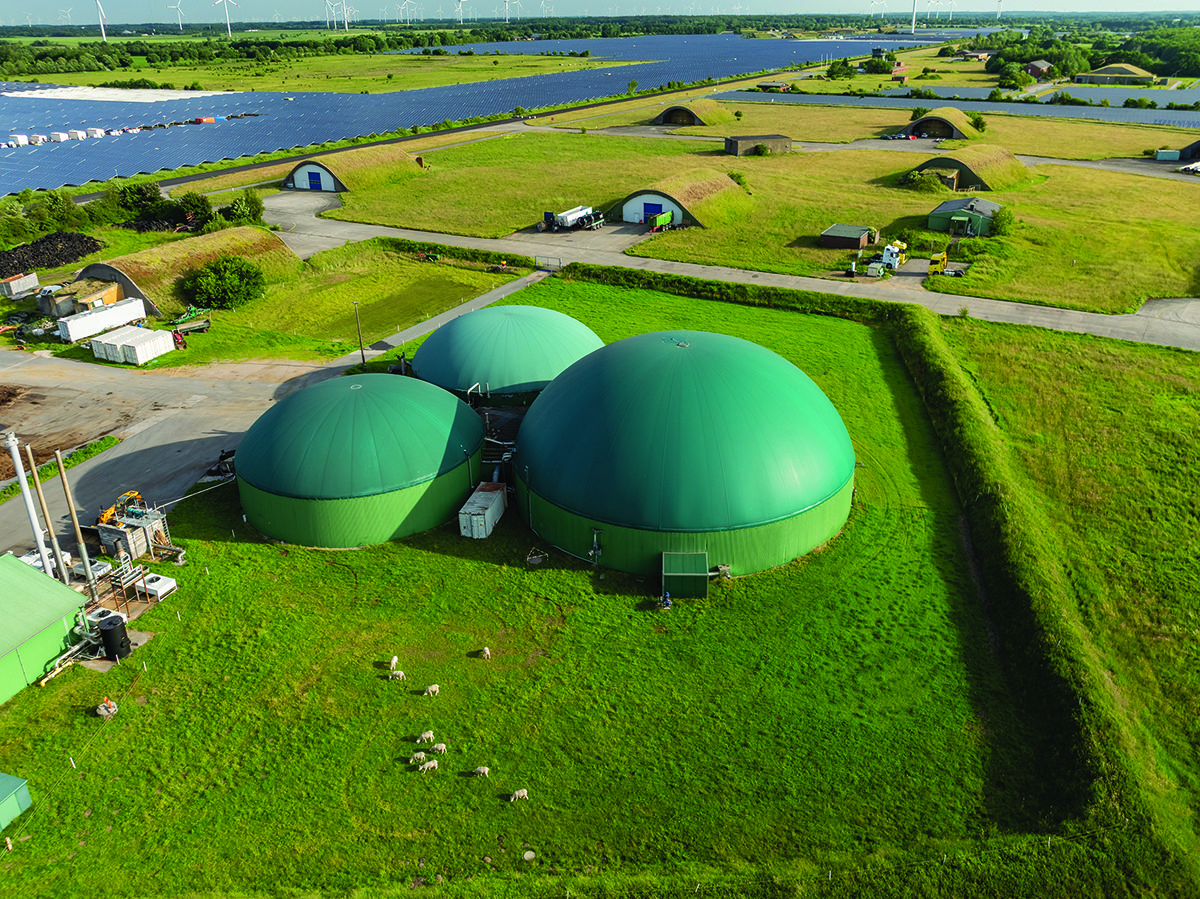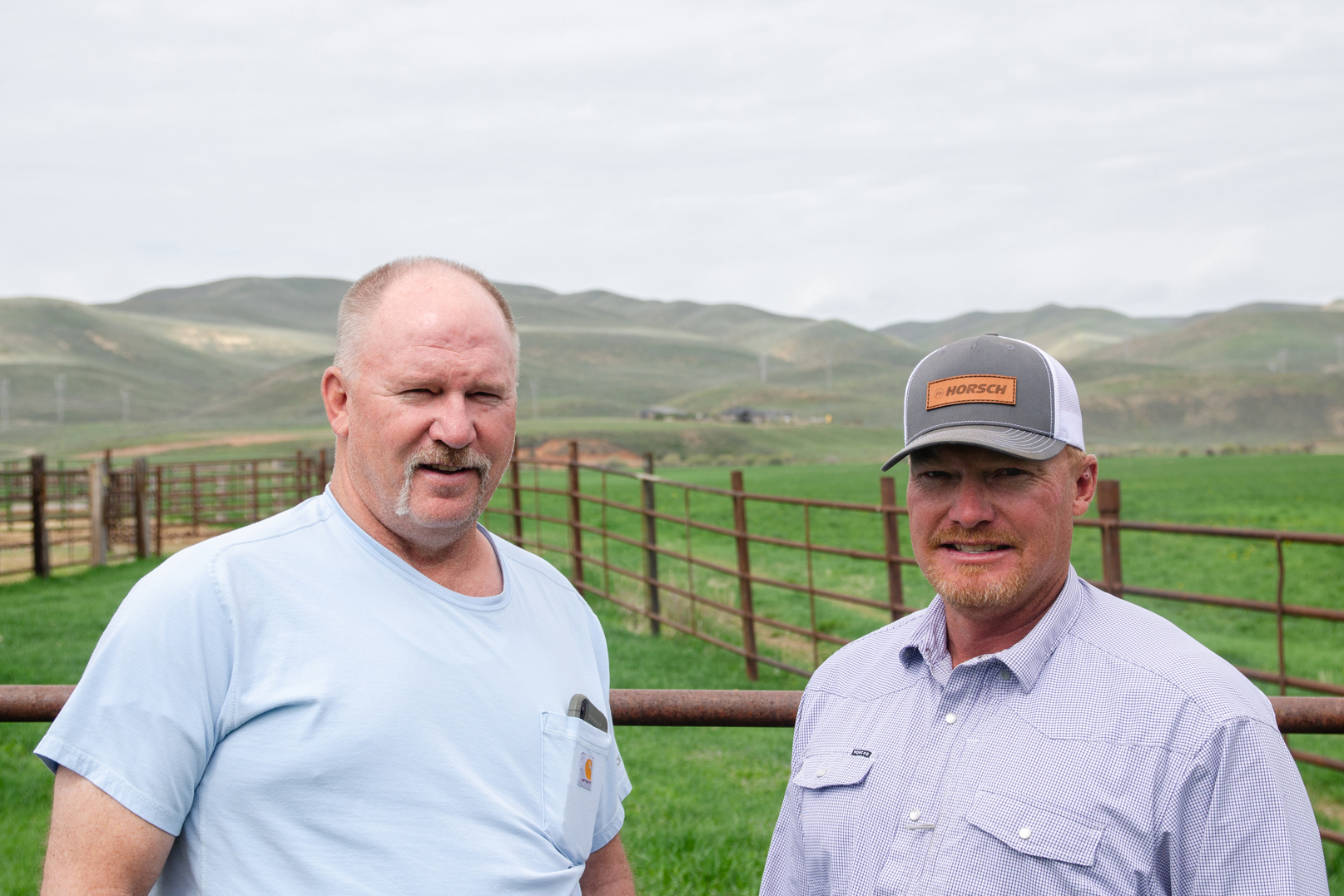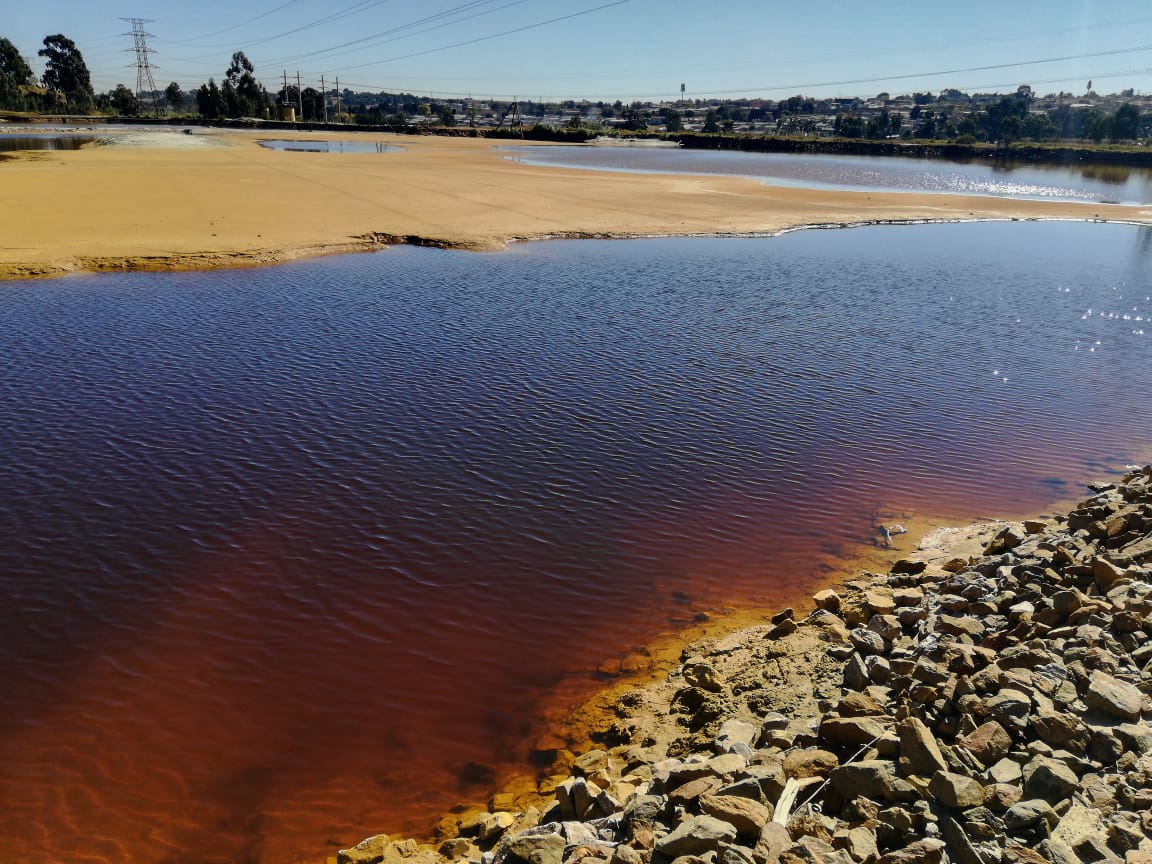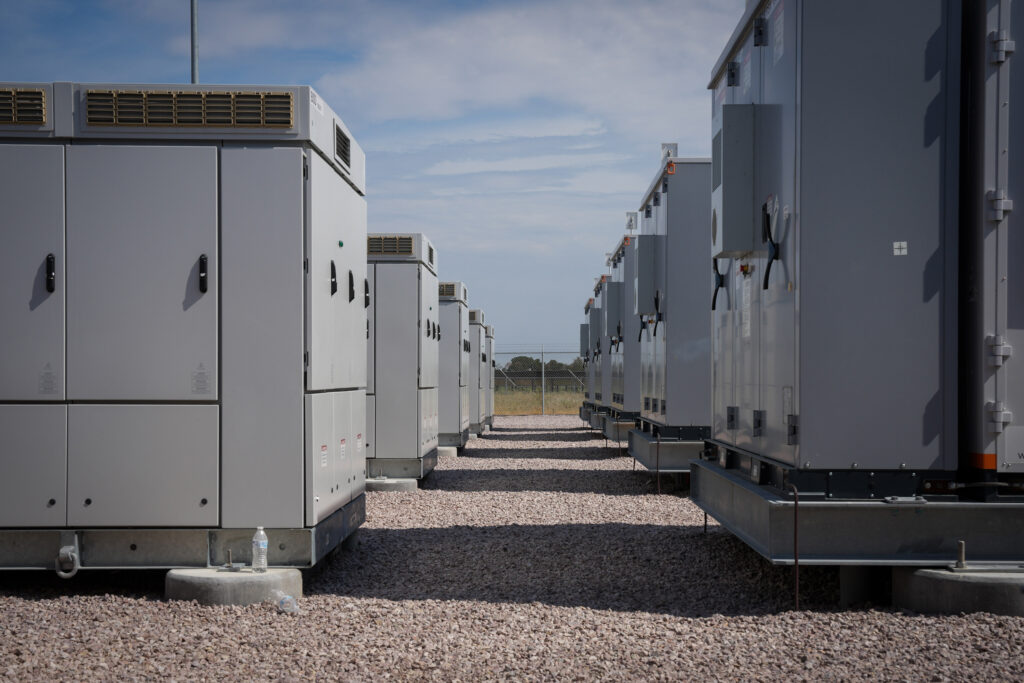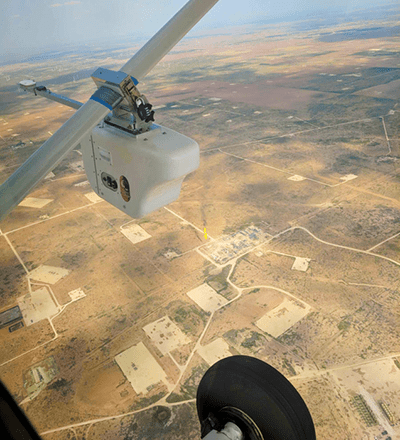
The amount of methane leaking from a huge US oil- and gas-producing region is several times greater than federal government estimates, according to a new study led by Stanford University.
Using airborne sensors able to detect methane leaks from individual oil and gas production facilities, the researchers studied the Permian Basin in New Mexico, one of the most expansive and highest-producing oil and gas regions in the world. They estimate that more than 9 percent of all methane produced in the region is being leaked into the skies, several-fold higher than Environmental Protection Agency estimates and well above those in the published literature. The EPA puts leaks at 1.4 percent of production on a national basis.
“We surveyed almost every oil and gas asset in the New Mexico Permian for an entire year to measure and link emissions to specific anonymized facilities,” said Evan Sherwin, a post-doctoral scholar Stanford’s Department of Energy Resources Engineering and co-lead author of a new paper in the journal Environmental Science & Technology exposing the discrepancy. “It’s worse than we thought by a long shot.”
Rising hopes
Environmental watchers and energy industry engineers fear that leaks from mines, wells, refineries, storage facilities and pipelines are vastly underreported. Until recently, however, they lacked the equipment to prove it. Now, they have it and they confirm suspicions to a degree beyond the researchers’ own expectations.
The sensors include hyperspectral cameras mounted to airplanes that crisscrossed the New Mexico Permian Basin in regular patterns and intervals. These cameras measure sunlight reflected off various chemicals in the air that the human eye cannot detect. Each chemical, including methane, has a unique pattern – an optical fingerprint. Earlier, the collaborators verified the technology’s promise in a peer-reviewed studyand invested two years responding to stakeholder questions and concerns to substantiate its validity.
“With these sensors, methane is quite easy to spot. We are very confident in our results,” said Yuanlei Chen, a doctoral student in energy resources engineering at Stanford and the paper’s other co-lead author. Chen wrote the computer code to estimate production and calculate leak quantities. “We then pinpointed the small fraction of so-called super-emitters that are most responsible for the problem,” she added.
Greater insight
Over the course of 115 flight days over a 16-month period, the researchers identified and quantified the sources of medium and large leaks. The campaign covered almost 14,000 square miles and more than 26,000 wells – nine of every 10 active sites in the region. The aerial survey provided greater insight into the problem than ground-based surveys to date and gathered roughly 100 times as many samples as all previous ground surveys combined.
The researchers caution, however, that the study is only of a single – albeit significant – region during a specific period and cannot be projected nationally or beyond at this time. The larger and more hopeful message in the study, they say, is in the monitoring technology itself. Inexpensive and precise aerial rapid screening of methane leaks could be a proverbial game-changer for environmental monitoring.
“The technology has major implications for efforts to reduce greenhouse gas emissions,” said senior author of the study Adam Brandt, who is an associate professor of energy resources engineering in the School of Earth, Energy & Environmental Sciences(Stanford Earth) and director of Stanford’s Natural Gas Initiative. “These highly sensitive instruments can quickly and accurately pinpoint the relatively smaller number of high-consequence leaks and flag them for immediate repair.”
Major implications
Most methane is leaked from a handful of sources. In their study, the researchers found that fewer than 4 percent of surveyed sites produced half of all methane emissions observed. These are the super-emitters.
Regular flights over oil and gas producing regions would be more accurate and cost-effective than current approaches, Sherwin said, although some ground-based monitoring is still important for smaller emissions. Current ground monitoring of methane leaks costs about $600 per facility, according to industry estimates, and proposed Environmental Protection Agency (EPA) regulations would require this as many as four times a year. With more than 30,000 oil and gas assets and 15,000 kilometers of natural gas pipelines in the New Mexico Permian Basin, those costs could come to roughly $70 million annually.
“Per-site estimates for aircraft-borne sensing are significantly cheaper than that,” Sherwin said. The team has already begun discussions with regulators and the industry to encourage wider adoption of this type of sensing. The EPA proposal, which is based in part on a two-day methane detection workshop at which the authors were selected to present this work, would allow aerial screening six times a year with annual ground inspections, allowing producers to find and fix their big leaks faster at a lower total cost.
Brandt and colleagues strike an optimistic note. Once leaks are identified, shutting them down is often an inexpensive and straightforward fix. They hope these new monitoring techniques can be widely adopted to spot the super-emitters quickly, stop losing product and cut off damaging methane leaks as soon as possible.
Adam Brandt is also a senior fellow in Stanford’s Precourt Institute for Energy.
Additional authors are Elena Berman, Brian Jones, Matthew Gordon and Erin Wetherley from Kairos Aerospace, the company that developed the sensing technology, and Eric Kort of the University of Michigan.







